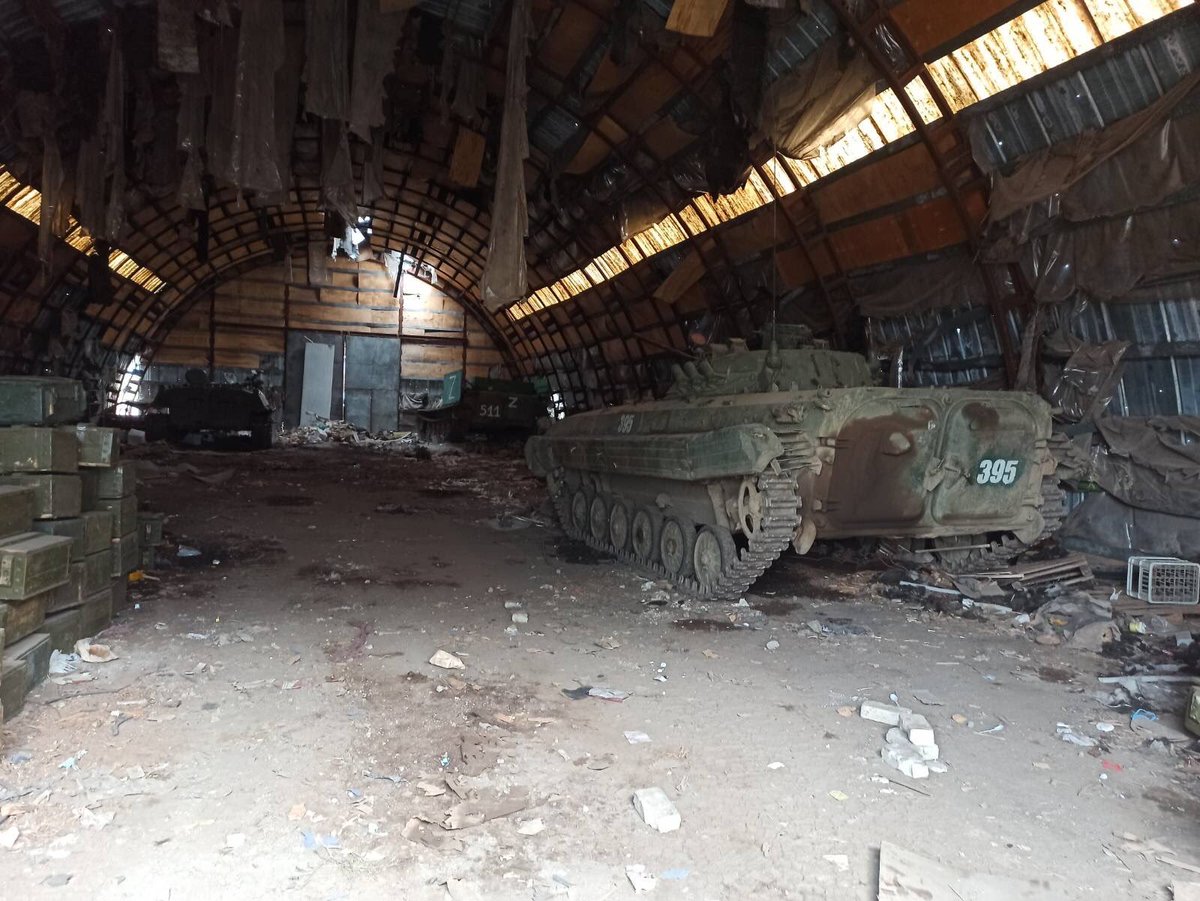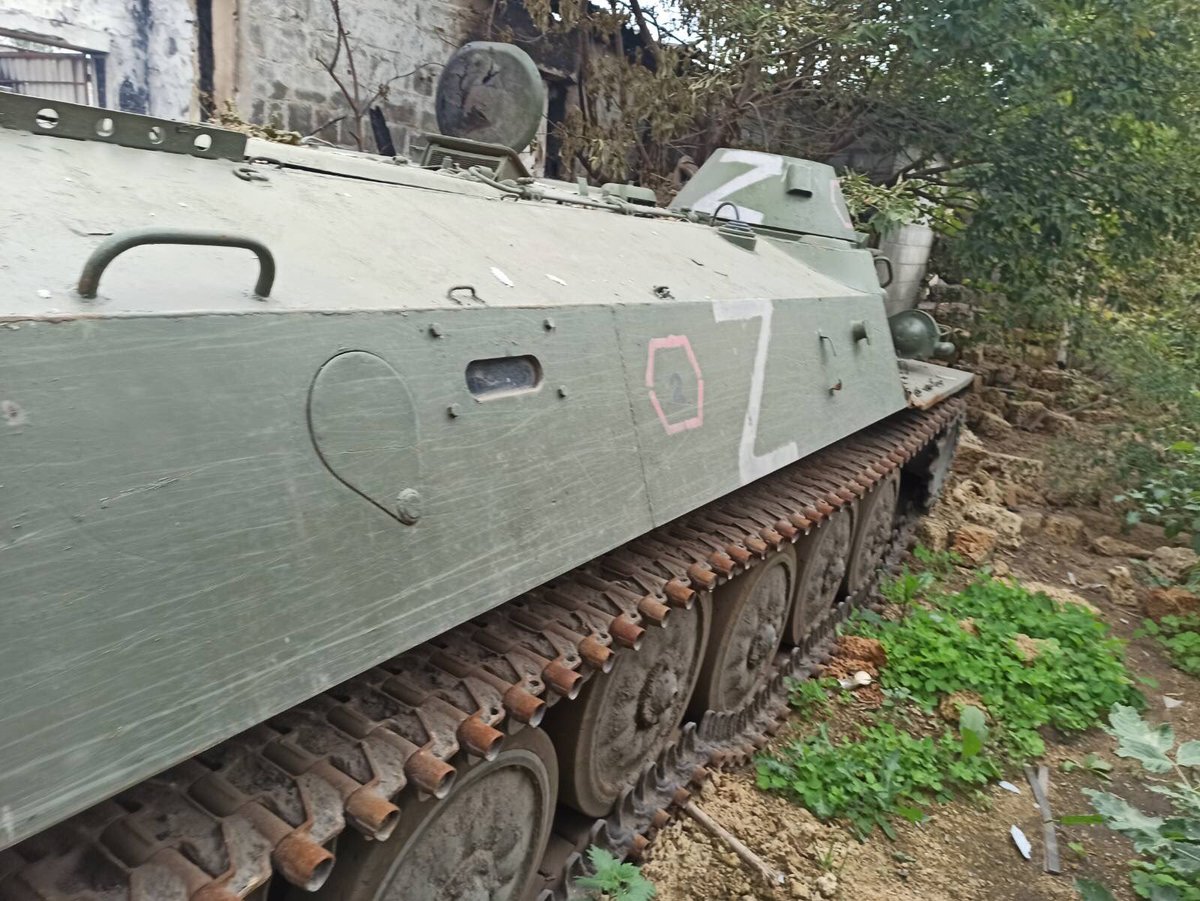
So what crashed in the village of Przewodów, Poland today?
With the cooperation of @blueboy1969 we analyzed the available photos of fragments and came to a clear conclusion that they belong to the 48D6 motor of the 5V55-series missile of the S-300 AD system- a Ukrainian one.



With the cooperation of @blueboy1969 we analyzed the available photos of fragments and came to a clear conclusion that they belong to the 48D6 motor of the 5V55-series missile of the S-300 AD system- a Ukrainian one.
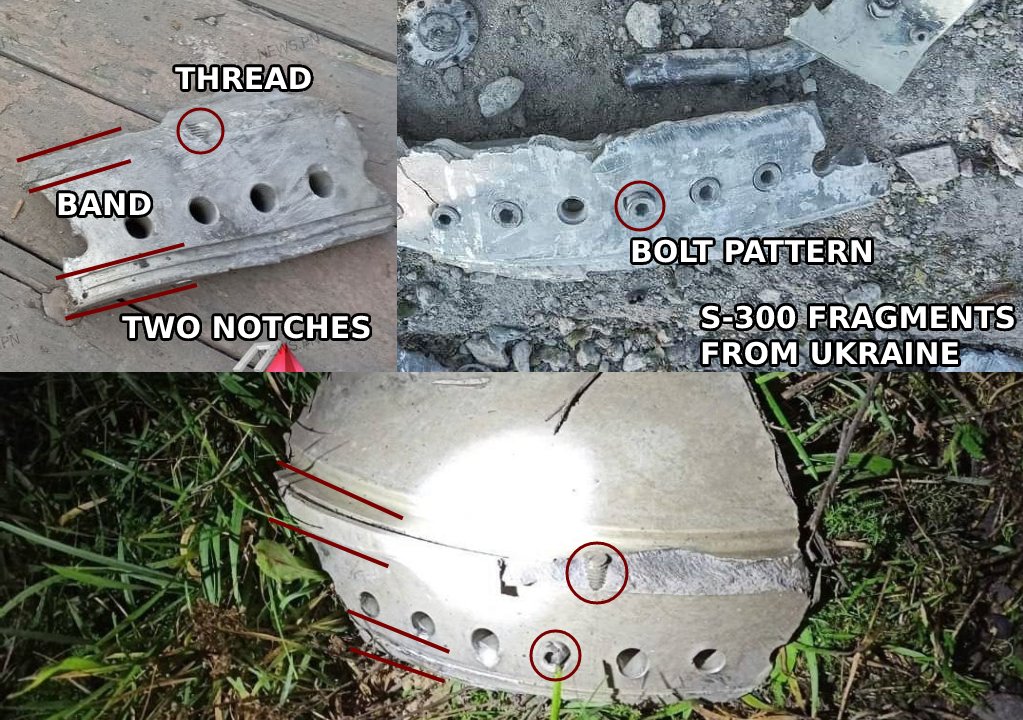
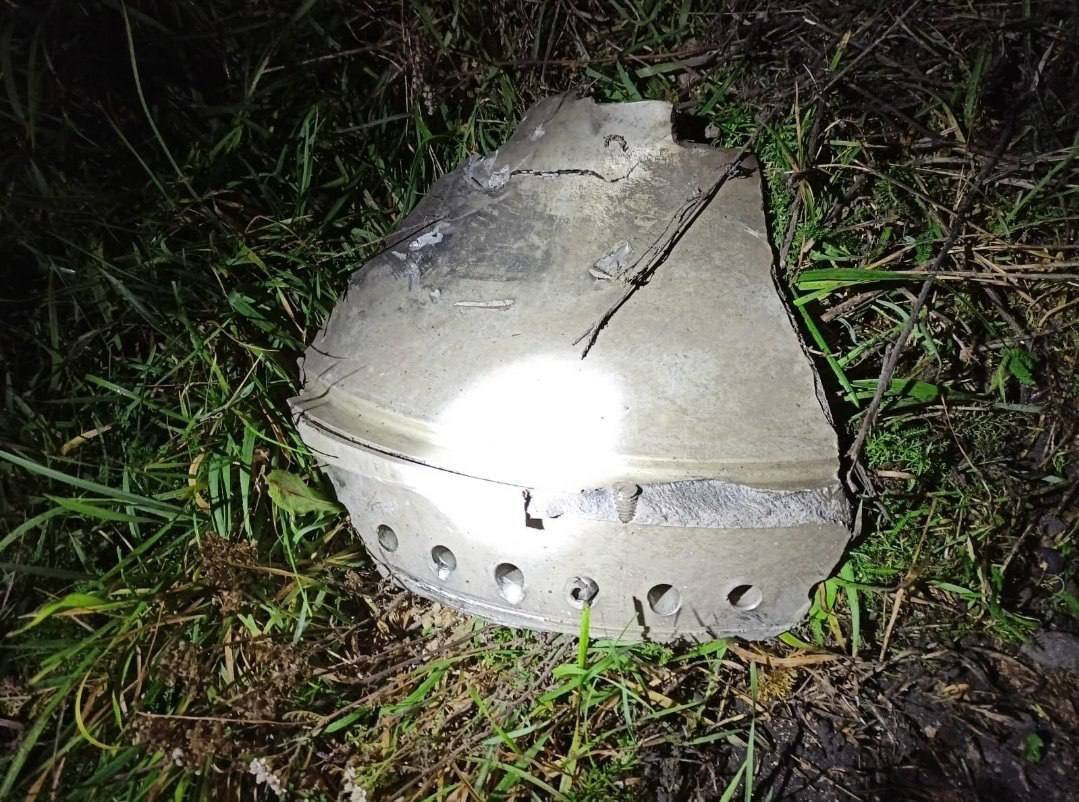
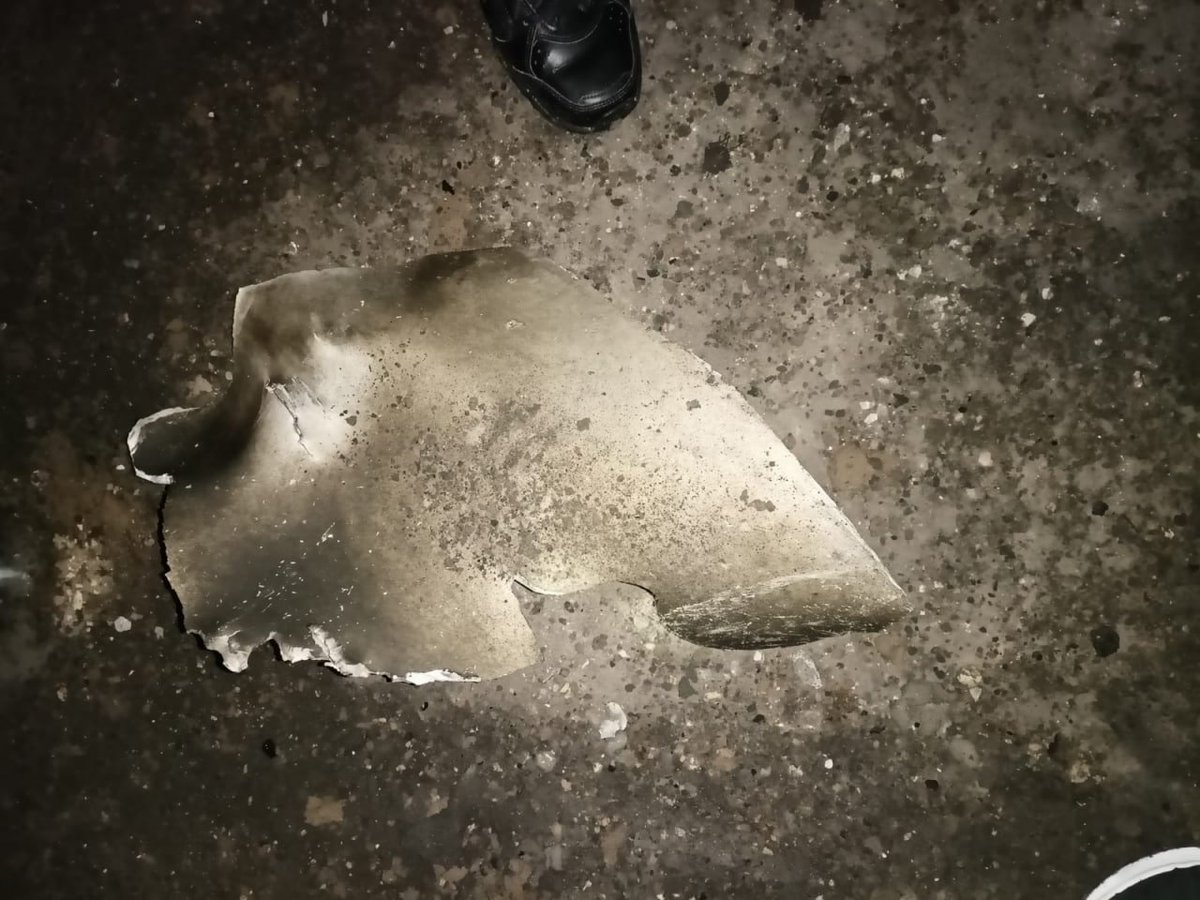
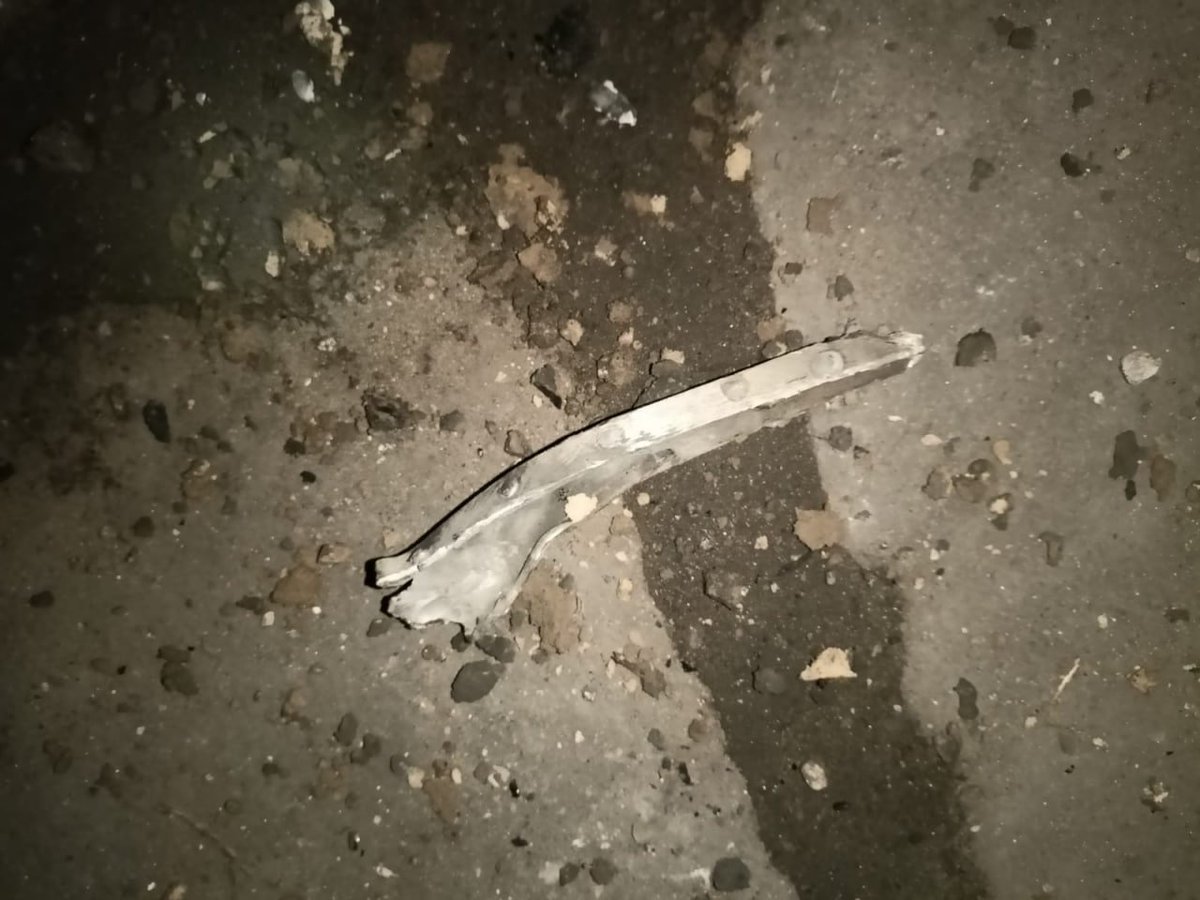
Although other missile types (48N6-series and possibly others) also use a very similar design, these aren't available to Ukrainian forces.
It's important to note here that this ID is only of this fragment; we can't be sure if nothing else landed or precisely how this happened.
It's important to note here that this ID is only of this fragment; we can't be sure if nothing else landed or precisely how this happened.

For comparison - the end seal of the 48N6DM SAM's rocket motor. As you can see, it is nearly identical to the fragment found in Poland.
Of course, the whole incident appears to be a tragic accident.
Of course, the whole incident appears to be a tragic accident.

For everyone who asked for the sources of the reference fragments:
news.pn/uk/RussiaInvad… S-300 strike, Mykolaiv
news.pn/ru/RussiaInvad… S-300 strike, Mykolaiv
t.me/andrii_nebytov… Wreckage of a S-300 missile, Kyiv
news.pn/uk/RussiaInvad… S-300 strike, Mykolaiv
news.pn/ru/RussiaInvad… S-300 strike, Mykolaiv
t.me/andrii_nebytov… Wreckage of a S-300 missile, Kyiv
• • •
Missing some Tweet in this thread? You can try to
force a refresh





















